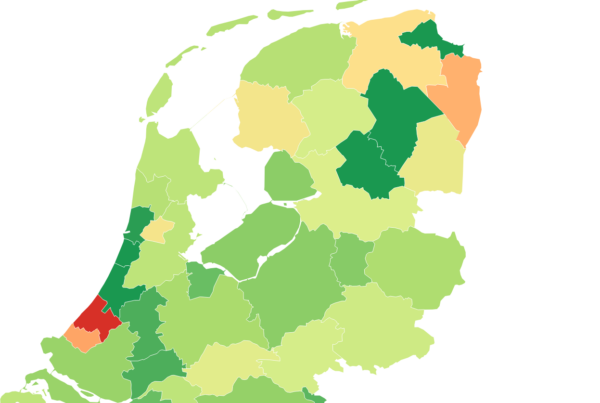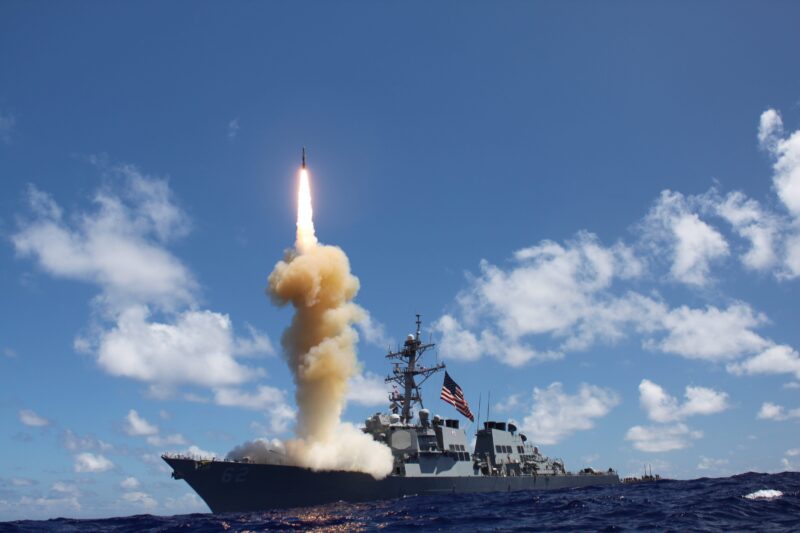- The in-flight WiFi industry is expected to grow significantly by 2035.
- The current WiFi on planes is slow, spotty, and usually expensive. But airlines are planning to invest in upgrading their equipment.
- A survey showed that 67% of customers are more likely to rebook with an airline that has good quality WiFi.
- The quality and price of your in-flight WiFi depend on your airline, aircraft, in-flight WiFi provider, and your travel region.
- Visit Business Insider’s homepage for more stories.
Following is a transcript of the video.
Narrator: Airplane WiFi is slow and usually expensive. And just because you’re paying more doesn’t necessarily mean you’re getting more. You may not get WiFi until you’re 10,000 feet in the air, and when you do get it, it may be slow and spotty. Even so, people are still willing to cough up their cash to post pictures of clouds mid-flight, or do some actual work.
The industry is expected to be worth $30 billion by 2035. That’s more than what Walmart is worth now. But if it’s such a huge industry, why does in-flight WiFi still suck?
First, we need to talk about how these planes, speeding around at hundreds of miles an hour, 36,000 feet in the air, can even get WiFi. There are two ways: towers on the ground or satellites in space.
Let's look at the towers. This method is called air-to-ground, or ATG for short. Antennas on the belly of the craft pick up signals from cell towers on the ground. The benefit? You'll get less delay because the towers are closer to your plane than a satellite. The downside? No towers, no signals. That means when you're flying over large bodies of water, above mountains, or passing over countries with cell towers that restrict WiFi access, you probably won't get any WiFi.
So, what about satellites? The big dome-shaped antenna on top of the plane will pick up signals from the satellites. These satellite-based systems will either use Ku-band or Ka-band connections, which is similar to 3G versus 4G. There's a whole debate on whether Ku or Ka band is better, but they're both way faster than ATG systems. But when you're sharing internet with a couple hundred other people, traveling 500 miles per hour, 36,000 feet in the air, there's bound to be a hiccup or two. But towers versus satellite isn't the only thing that affects whether you'll be able to stream this week's episode of "The Bachelor" or not.
The quality and price of your in-flight WiFi actually depend on four more things: your airline, aircraft, the in-flight Wi-Fi provider, and the region you're traveling to and from.
First of all, in an effort to cut costs, some airlines, like Frontier, don't even offer WiFi. If your airline does offer WiFi, it could be free, or go all the way up to $30 for an all-day pass. But just because the airline offers WiFi doesn't mean your plane supports it. Some aircraft aren't even built with WiFi capabilities. An American Airlines Boeing 738 might have satellite-based WiFi, but an American Airlines Boeing 757 might not.
Then there's the provider. They all offer different speeds, which is crucial for watching those meltdowns in HD. And lastly, you'll need to factor in your route. If you're flying over a lot of mountains or an ocean, there probably won't be many towers along the way. And if the plane isn't equipped to receive satellite internet, you'll be completely out of luck.
For a while, Hawaiian Airlines didn't want to invest in in-flight WiFi because the technology along their flight paths crossing the Pacific Ocean was sparse, but communication companies are launching new satellites, and Hawaiian is rethinking the investment.
So, why isn't everyone upgrading their equipment? For some airlines, it's just not their highest priority. Upgrading equipment means taking planes out of service for a few days, which means airlines lose money. It also means budgeting for new infrastructure. Plus, at least one in-flight provider has 10-year contracts with some of the airlines, which doesn't leave a lot of wiggle room for upgrades and changes.
But better and faster in-flight WiFi is definitely on its way. American Airlines, for example, is making moves to invest in better in-flight WiFi. One survey showed that 67% of passengers would rebook with an airline if high-quality WiFi were available. In other words, good WiFi means customer satisfaction and loyalty.
Airlines have good reason to upgrade their offerings, so it might not be a bad call for airlines to speed up the process. But for now, you're probably better off saving your reality-TV binge for when you get home.










